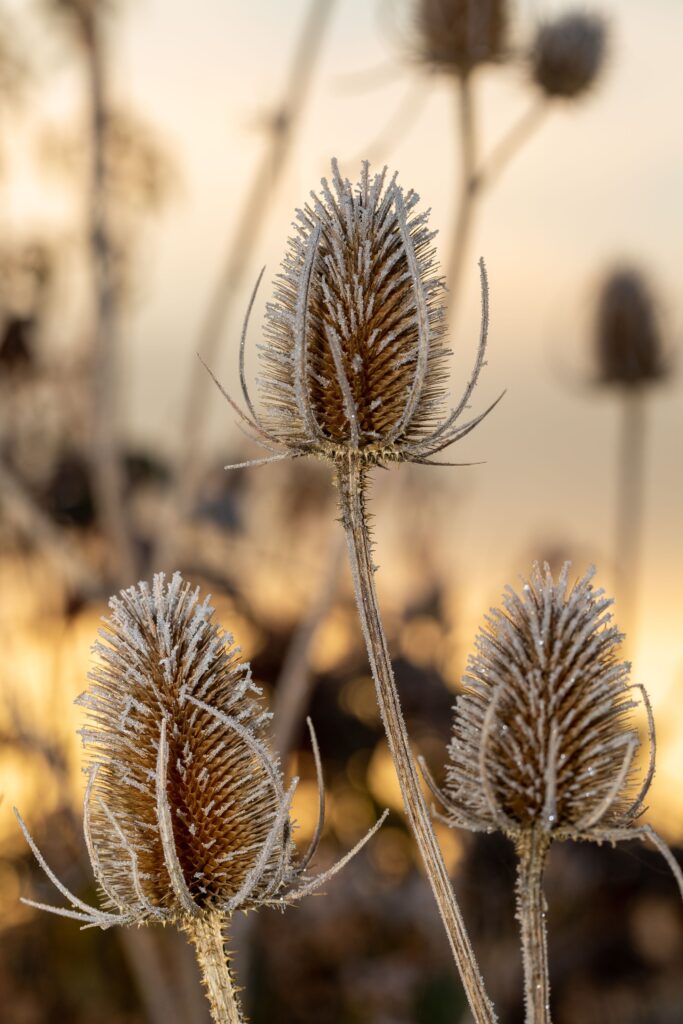The Garden in September – Saving Seeds

This year, as a way to honour the Autumn Equinox, I am going to try more seed saving. The mood of September is one of moving from the outer to the inner, expressed by the turning point of the Equinox on the 21st, where the nights now become longer than the days. It is a time when I am asked to recognise the gifts of summer: and as a gardener alongside the (hopefully abundant) harvest of fruit, vegetables and flowers, the other gifts, often overlooked, are seeds. I have to admit I am not very practised at seed saving, but after visiting ‘Seedy Sunday” in Brighton (a community seed swap taking place every year in February – www.seedysunday.org) I was so impressed with the quantity and range that I feel inspired to learn more. Seed saving is great for many reasons: it is an inexpensive way of having seeds for next year, it keeps good (and sometimes rare) varieties in circulation, and additionally, through seed swapping it brings an element of community to gardening.
The best resource I have found on the internet is the company www.realseeds.co.uk who offer a free downloadable guide to seed saving and seed drying: well worth having a look. They also offer cut-priced organic seeds for those on low incomes. The main tips are: 1) ‘F1 hybrid’ plants don’t produce viable seed: most seed bought commercially today is of ‘F1 hybrid’ so check your seed packet before attempting to save. For the process to work the seed should be ‘open pollinated’ where it is allowed to grow and reproduce naturally. 2) Choose only the best and most healthy-looking seeds, removing any small or damaged ones and 3) dry and store them well. (‘Realseeds’ suggest wrapping them in an old stocking and placing them in a large jar half full of very dry (baked) rice. The rice will remove the moisture from the seeds which can then be safely packaged in an airtight container).
Below are a few seed-saving suggestions:
Calendulas (Marigolds). The seeds of these annual flowers are extremely easy to save – allow the plant to flower and then set seed (which it will do very readily). The seeds will have small pieces of dried stem curled around them to protect them, either shake the stem gently or use gentle finger movements to separate them.
Runner Beans. I have been growing and saving seeds from a lovely runner bean variety called ‘Prizewinner’ for over 7 years now. I am always a little surprised and pleased that it always grows true – producing amazingly vibrant red flowers followed by delicious green runners. I save the seed by allowing a number of the beans to remain on the plant and let the seeds fully expand within the pods until the end of the season (around the end of September). It is important that they don’t get wet at this time as they might rot. I then open the pods and choose the healthiest and largest, drying them carefully before storing them.
Tomatoes. This will be an experiment as I’ve never saved tomato seeds before. According to ‘realseeds’ the process is as follows:
“Allow the tomatoes to ripen fully. Slice them in half across the middle and squeeze the seeds and juice into a jar. Ferment the mixture for a few days by putting the jar in a warm place for 3 days, stirring the mixture twice a day. This removes the jelly–like coating on each seed, and also kills off any diseases. It should develop a coating of mould and start to smell.
After 3 days, add plenty of water to the jar, and stir well. The good seeds will sink to the bottom of the jar. Gently pour off the top layer of mould and any seeds that float. Then empty the good seeds into a sieve and wash them thoroughly under running water. Shake off as much water as possible and tip them out onto a china plate (the seeds tend to stick to anything else). Dry somewhere warm but not too hot, and out of direct sunlight. Once they are completely dry, rub them off the plate and store in a cool dry place”.





